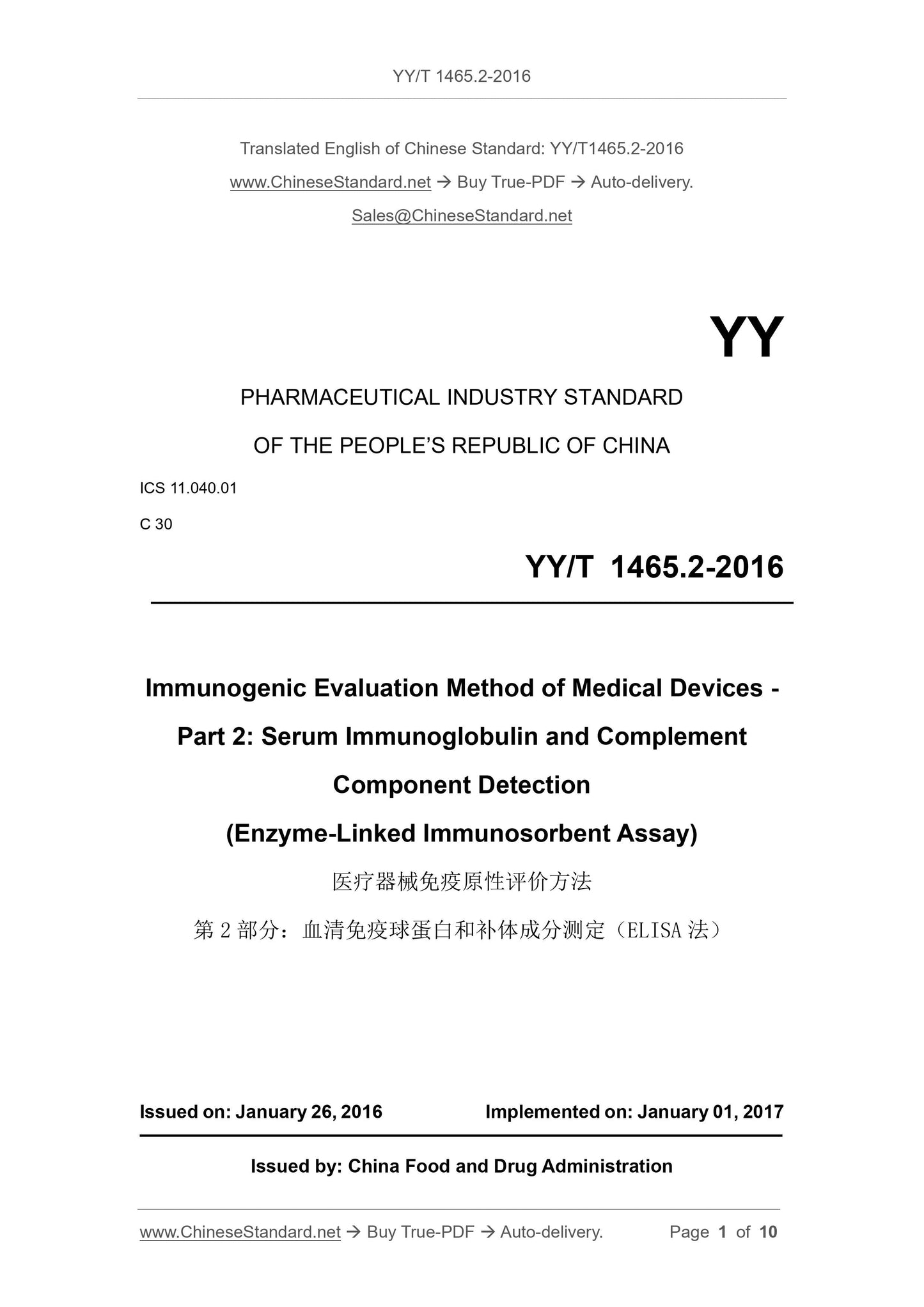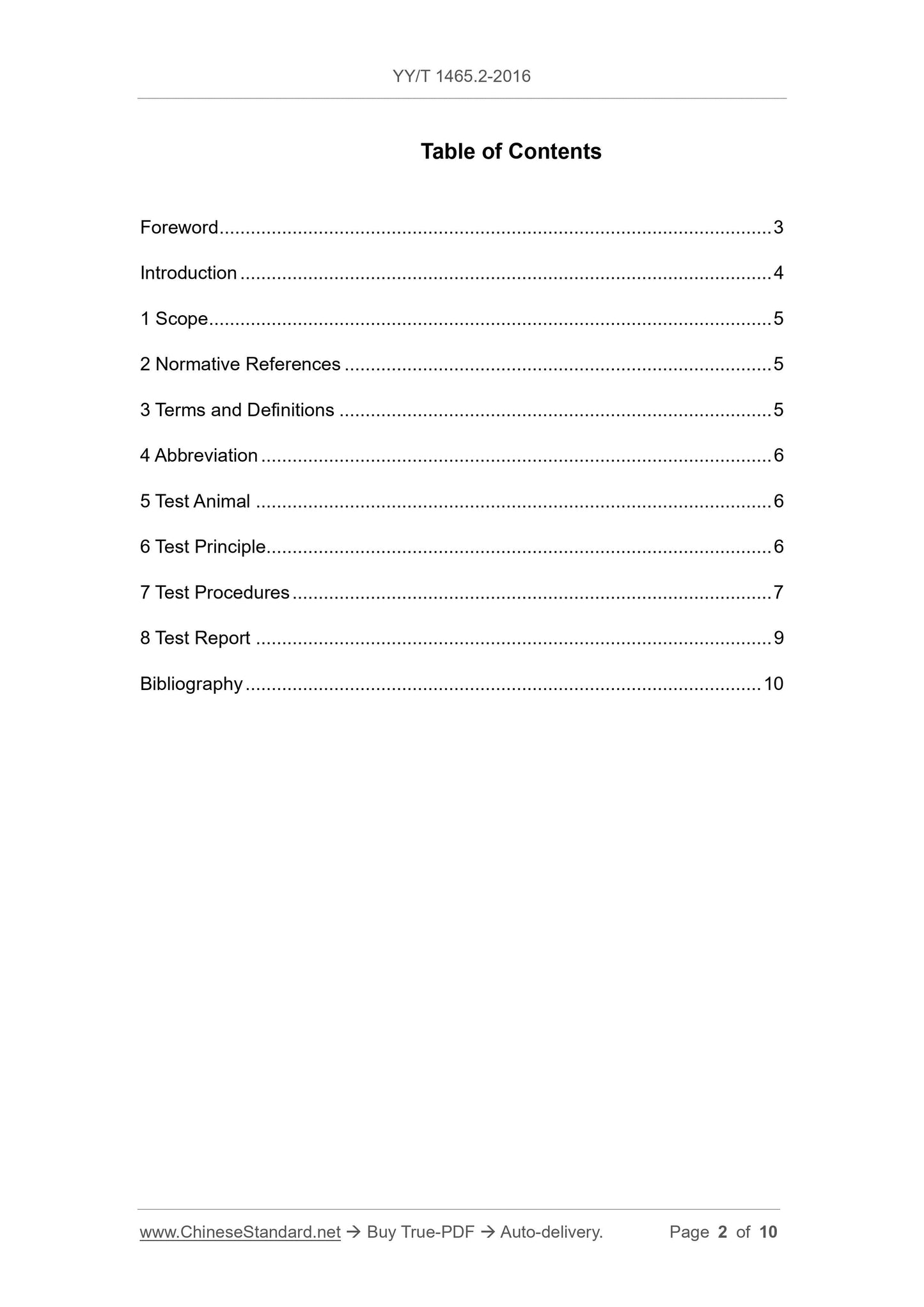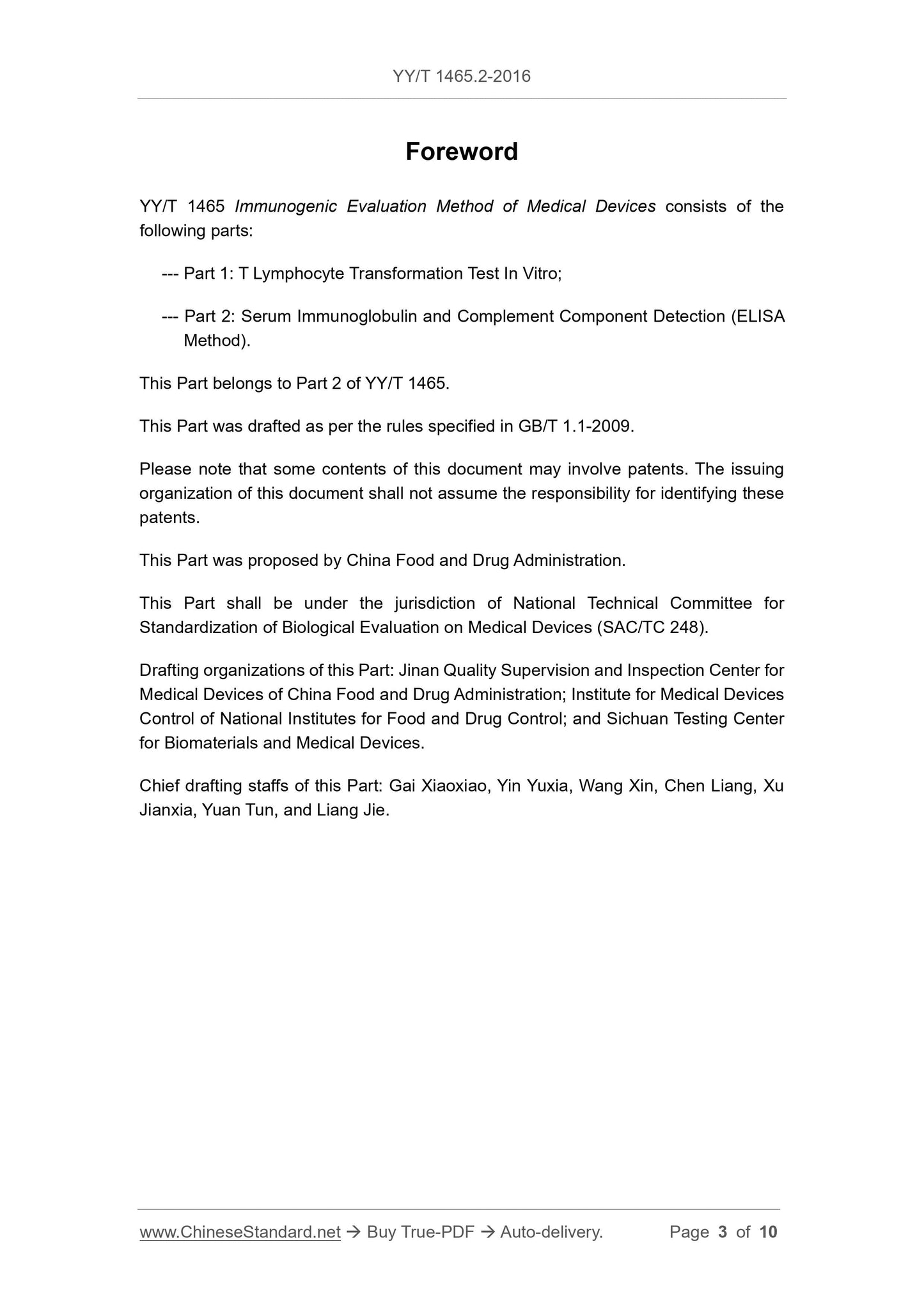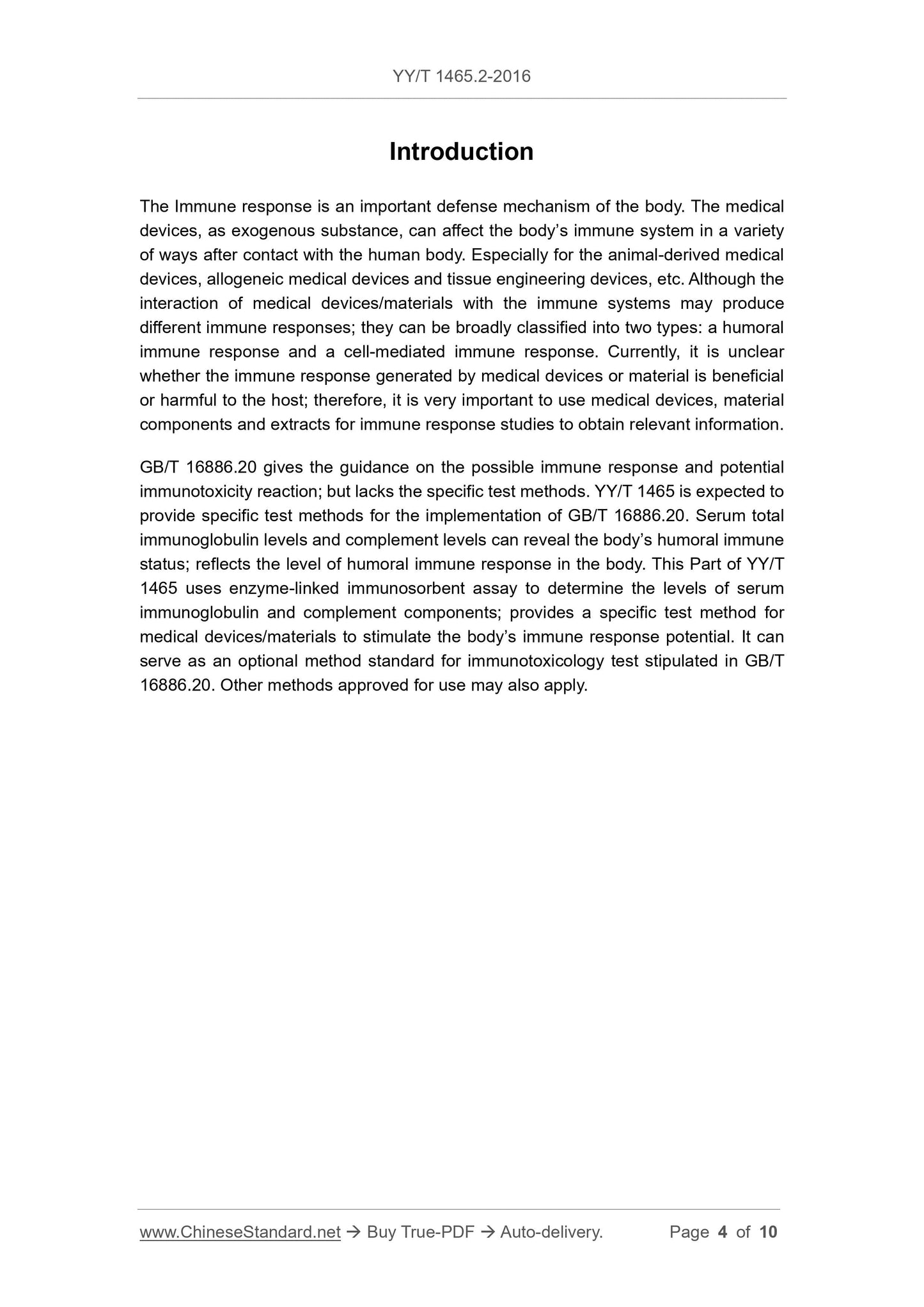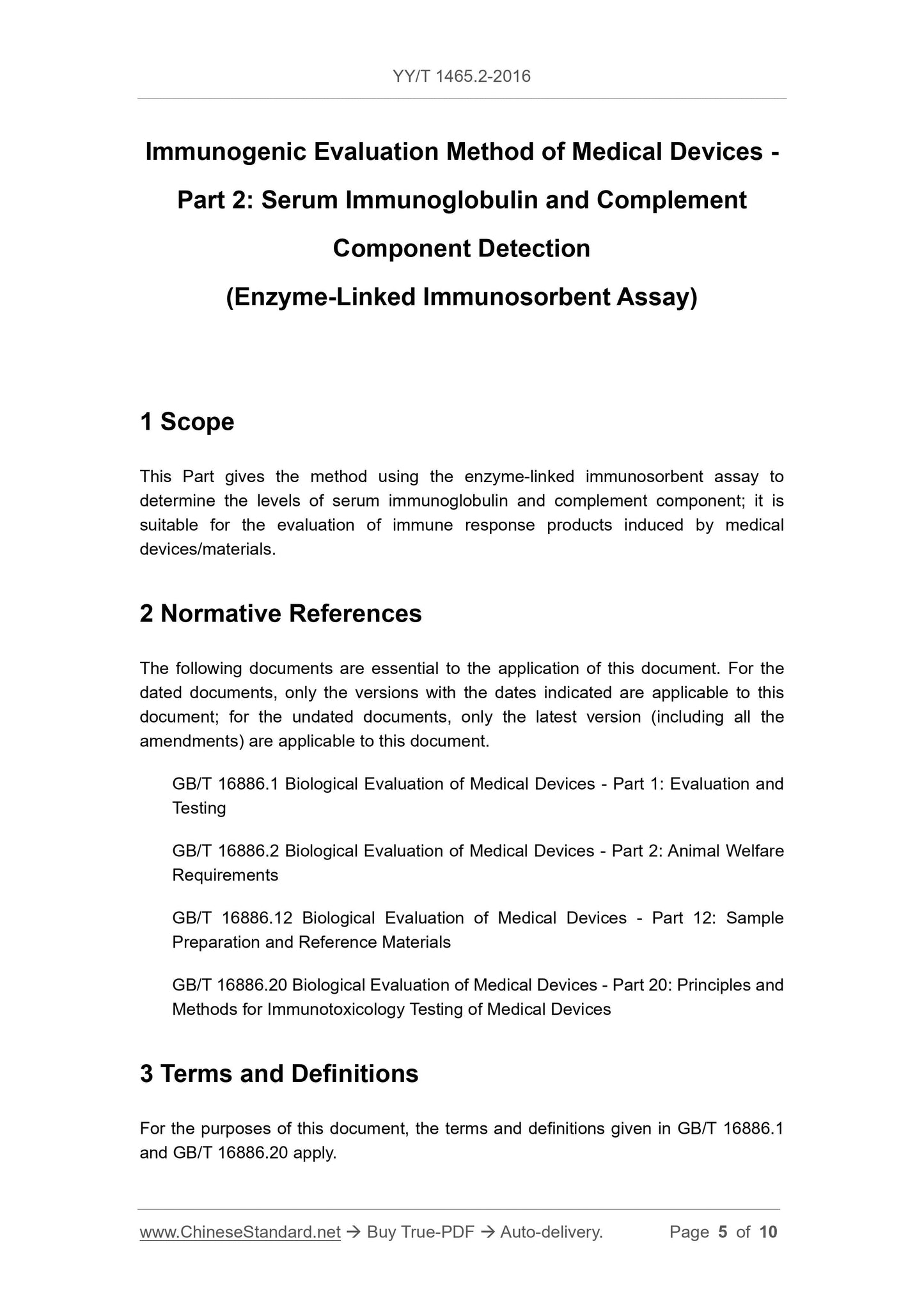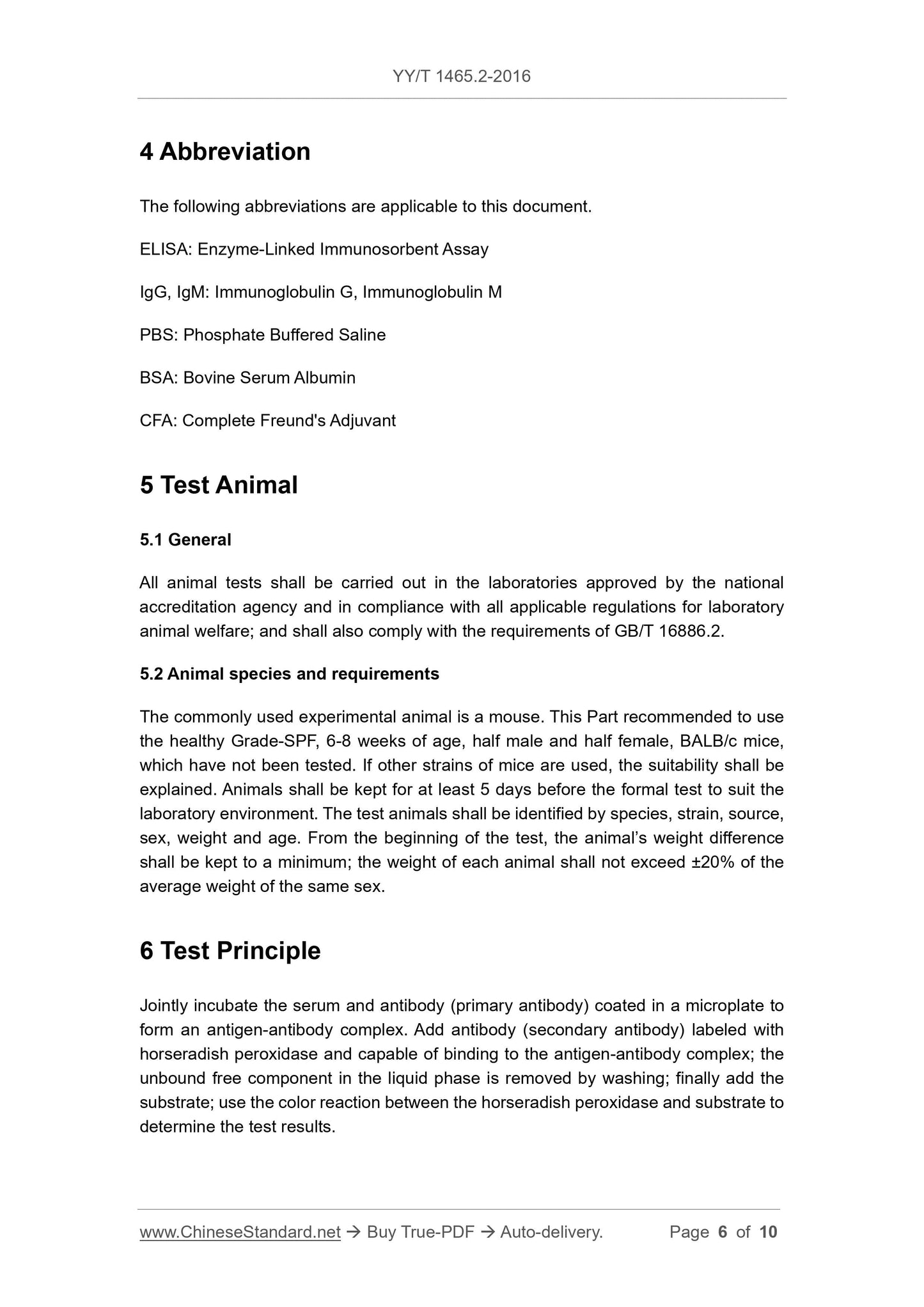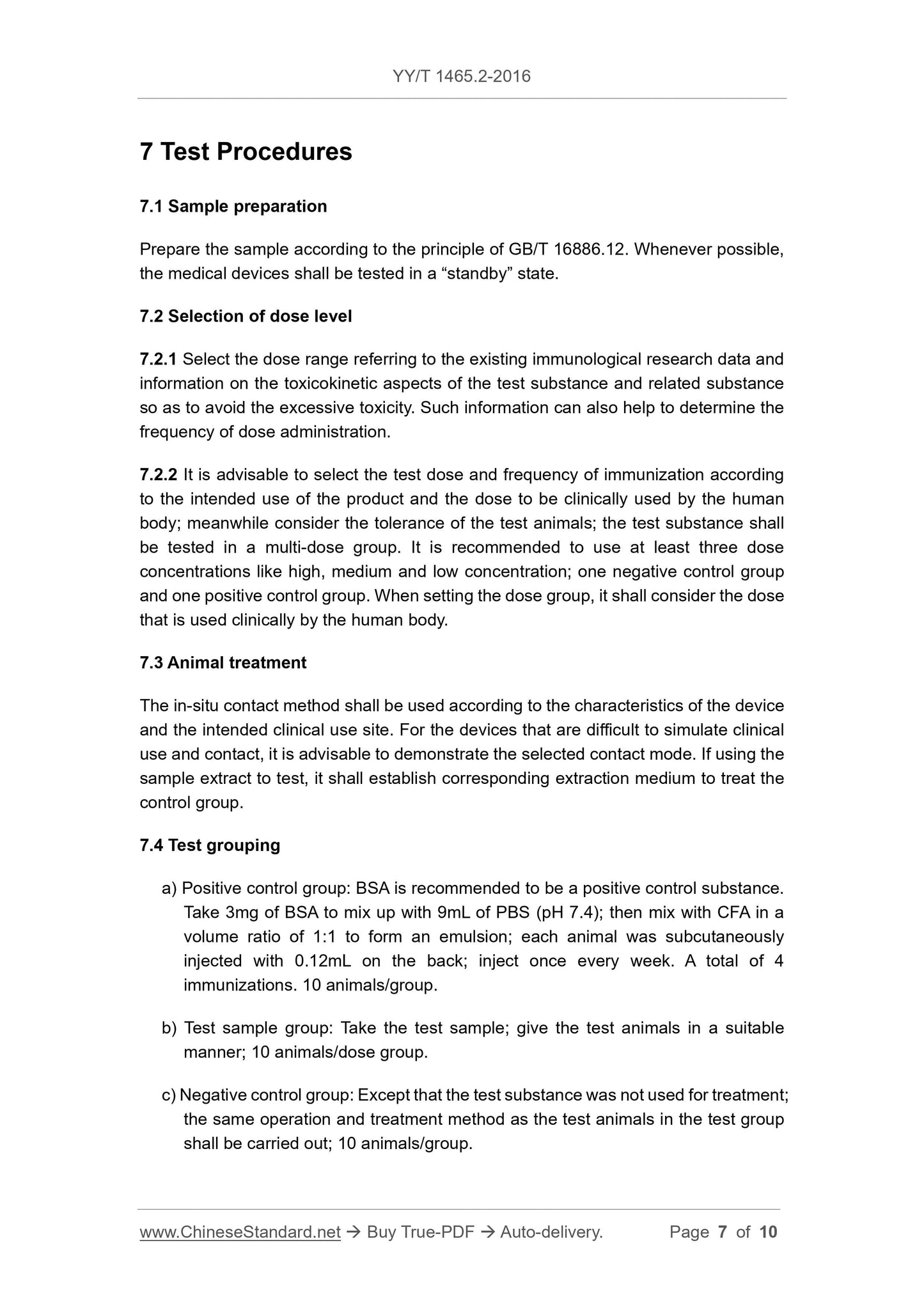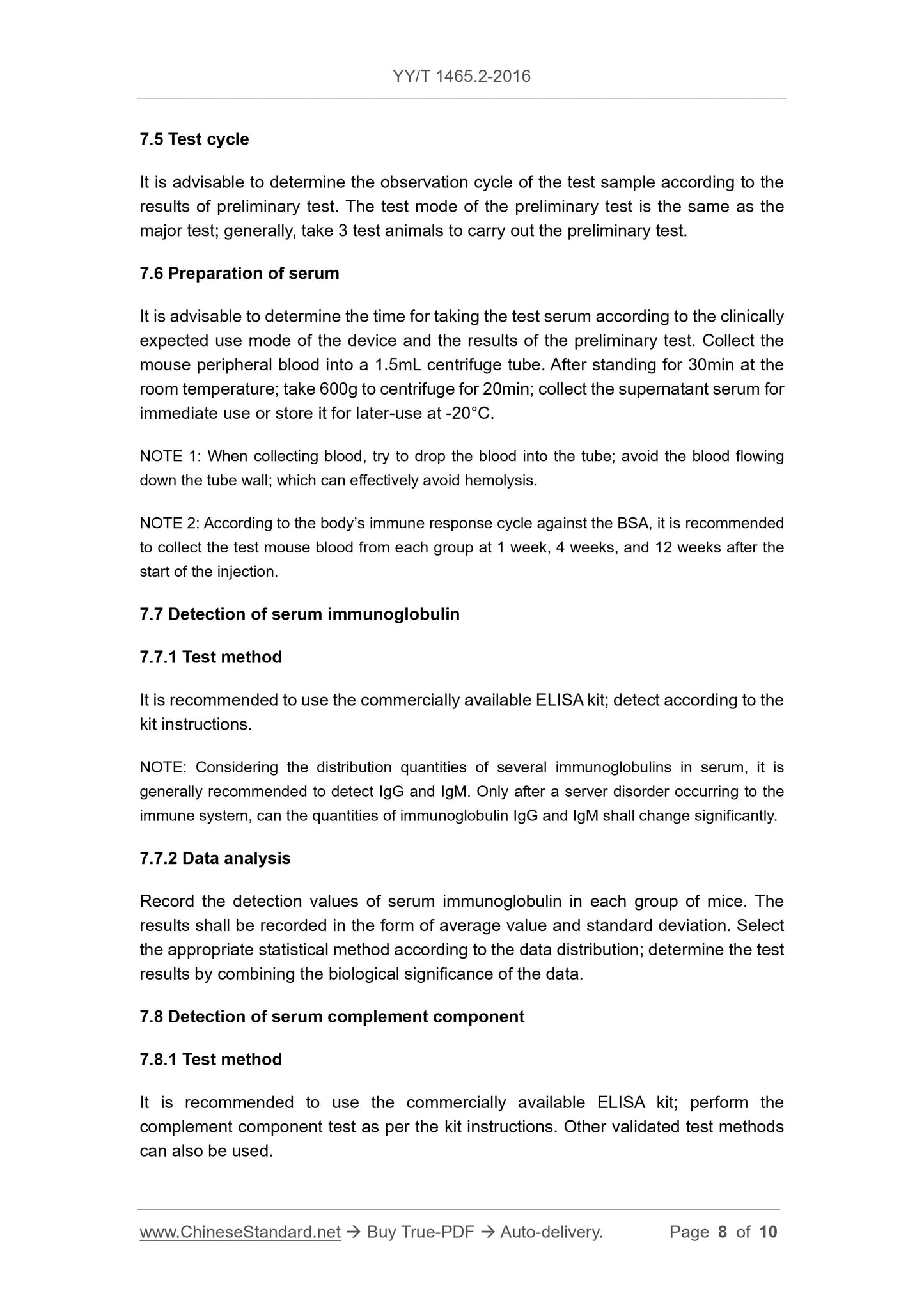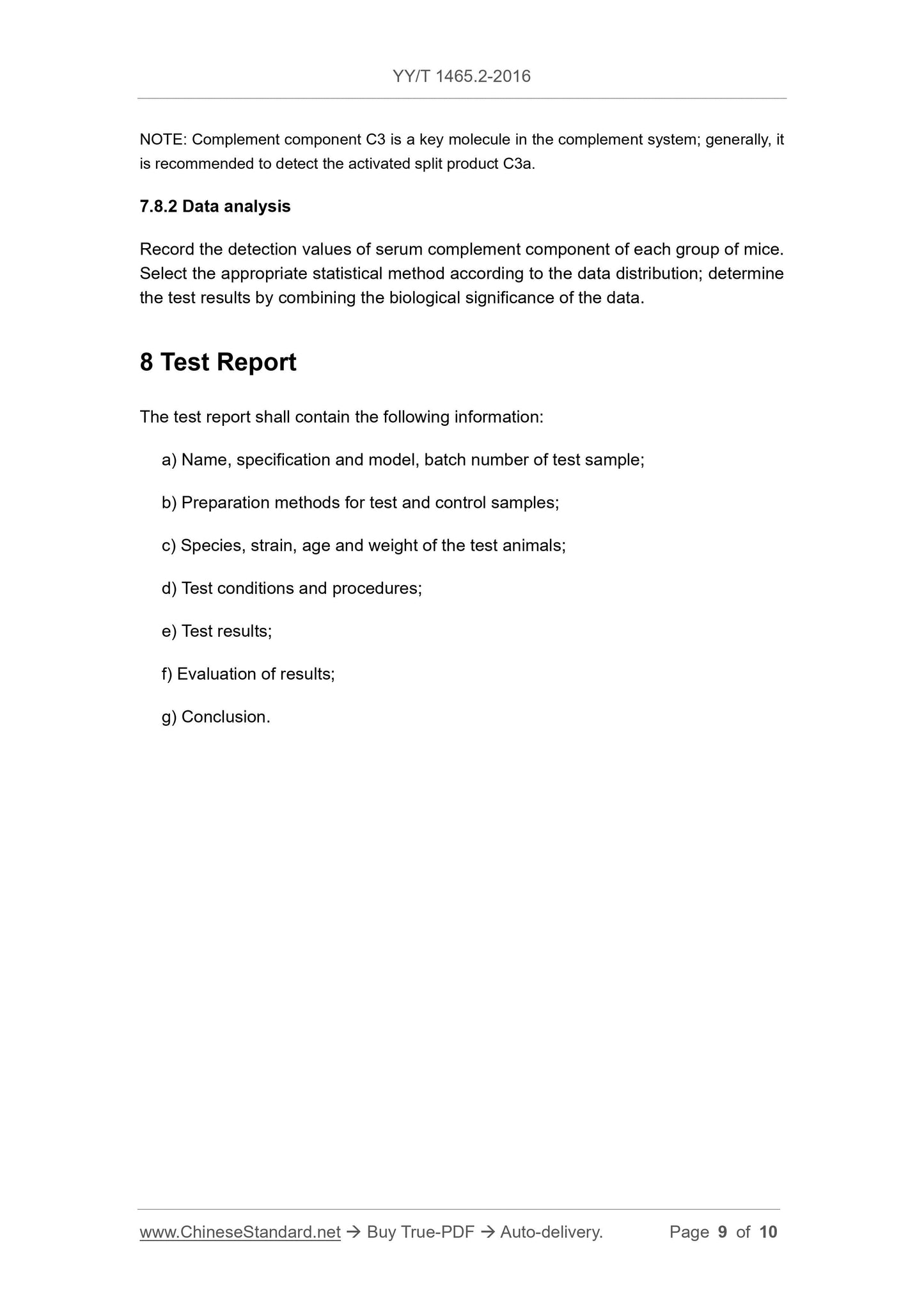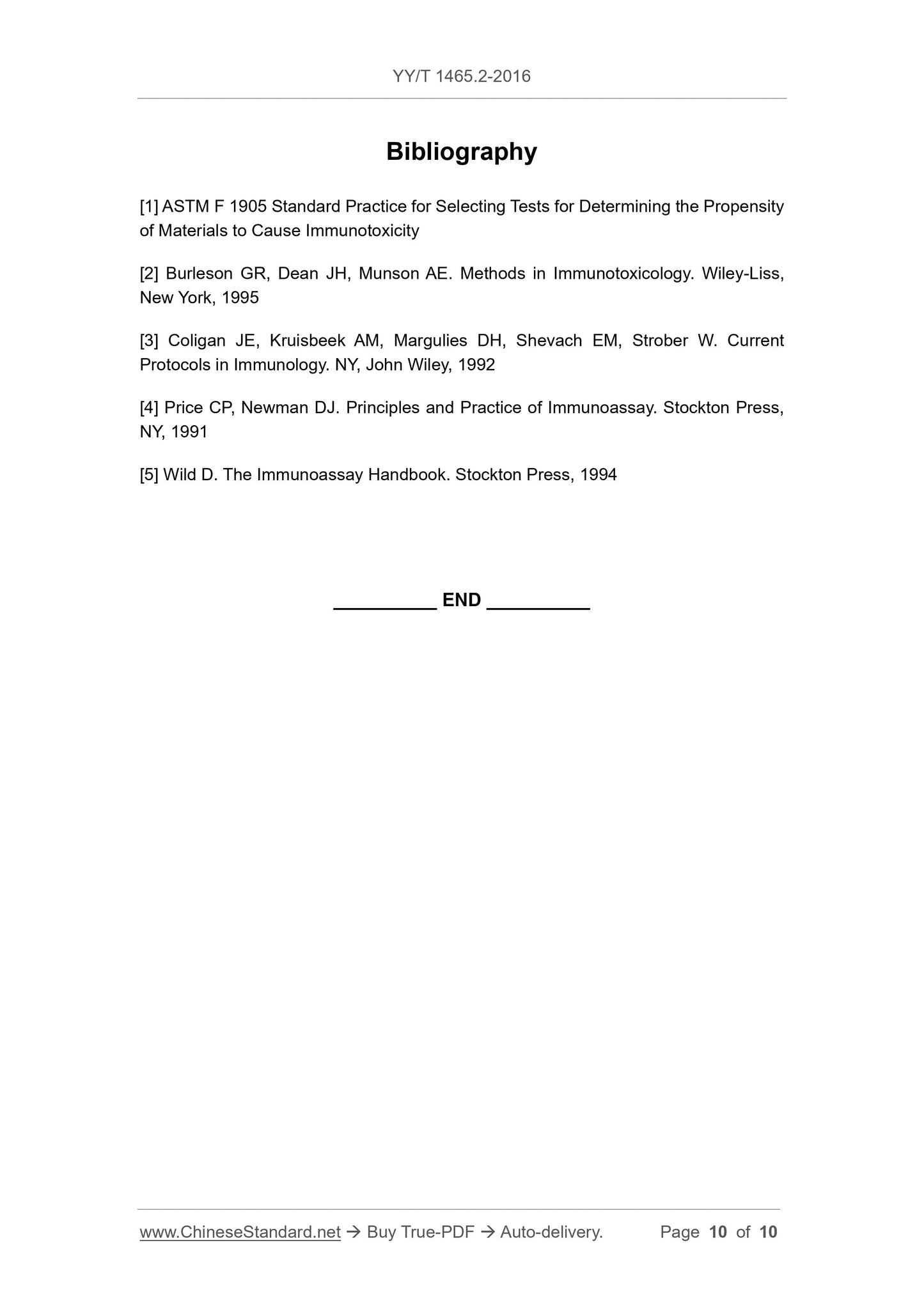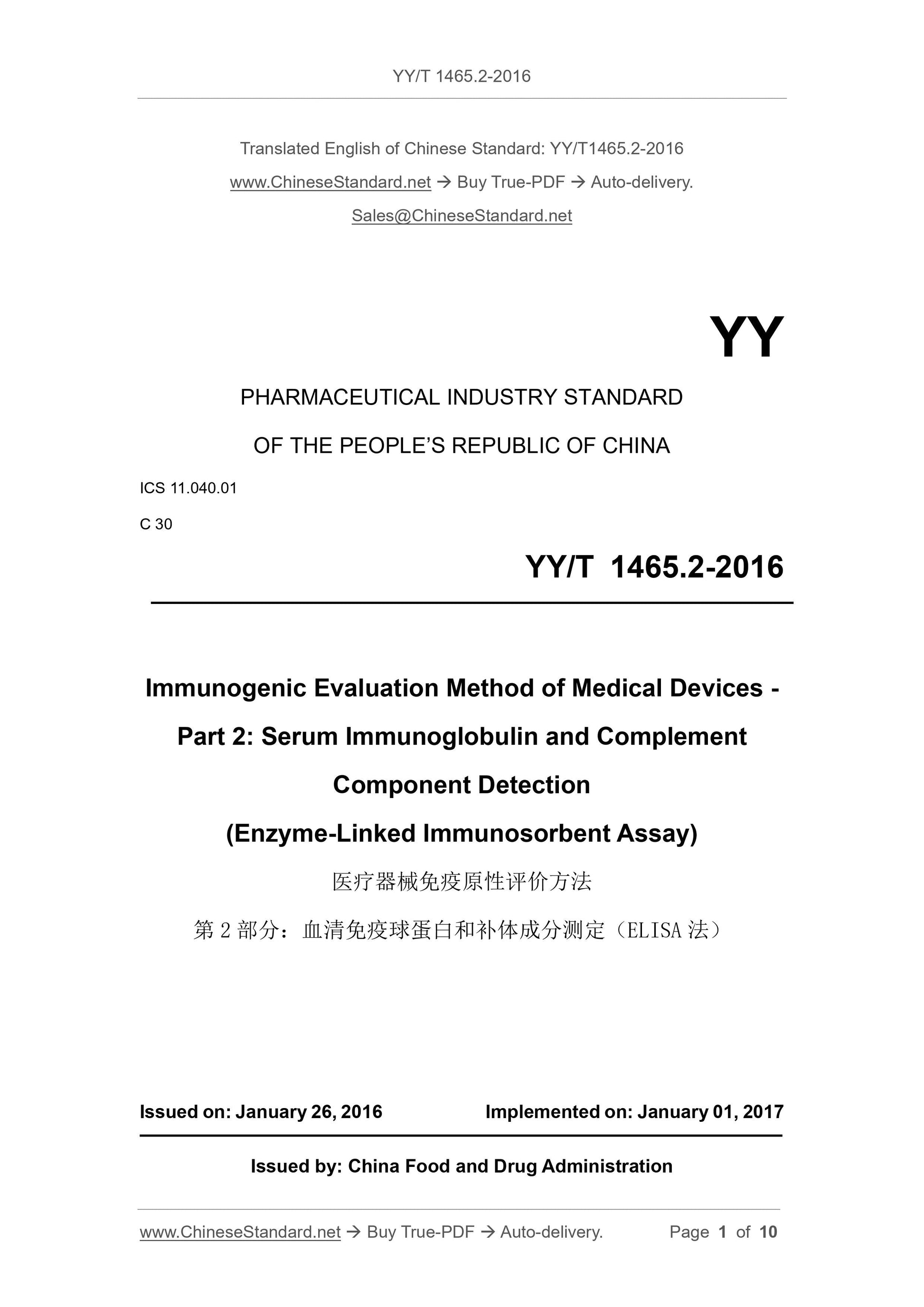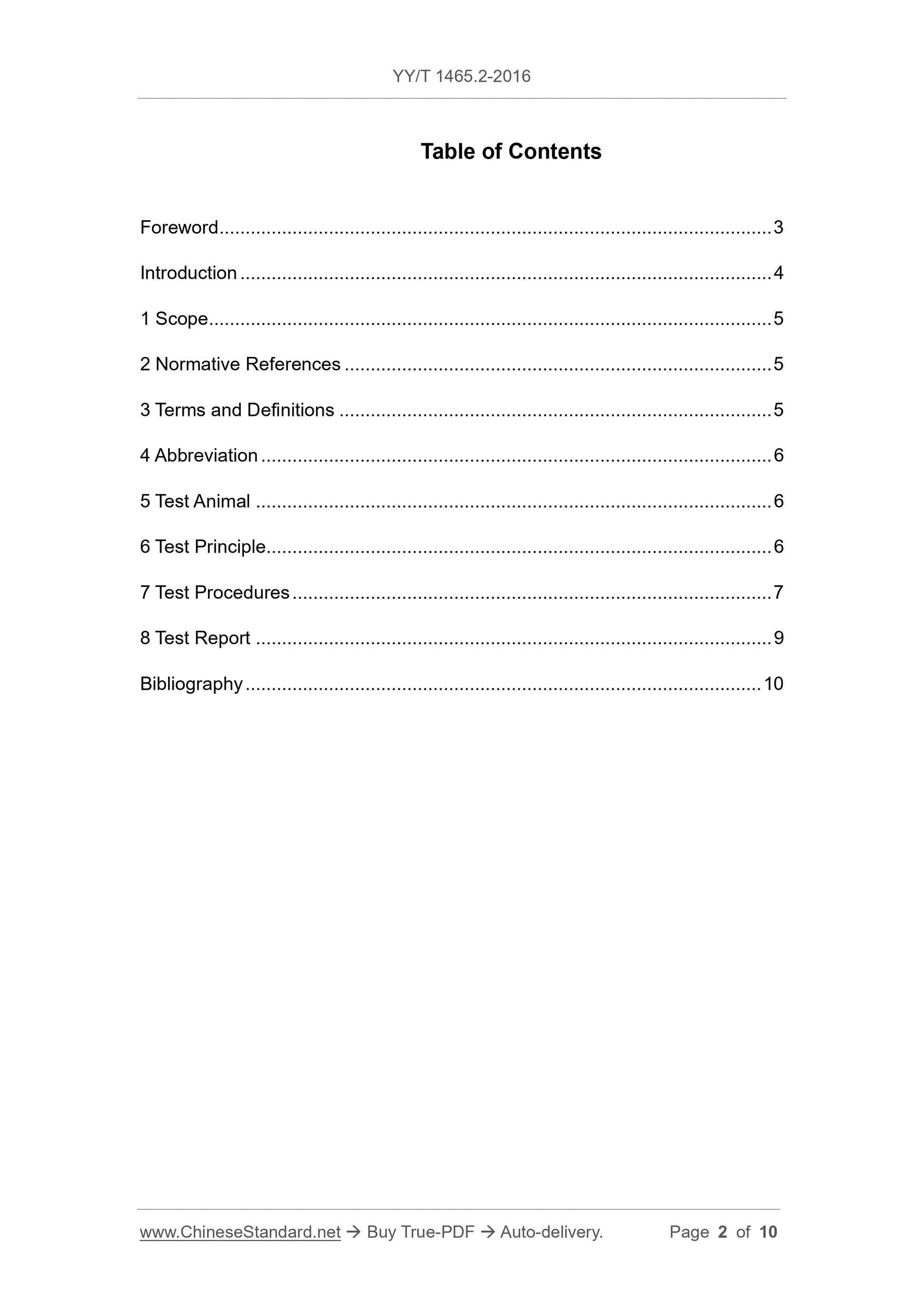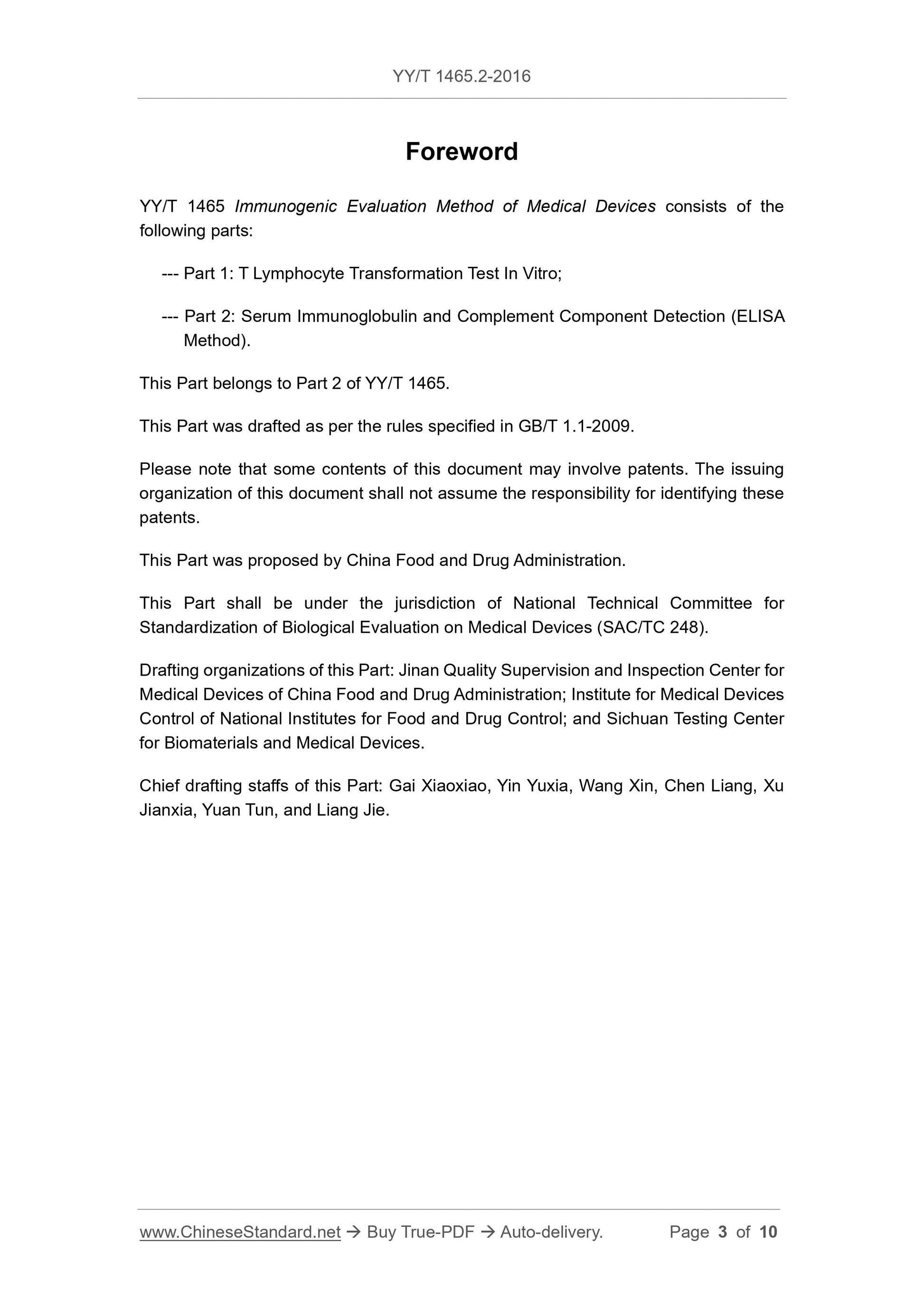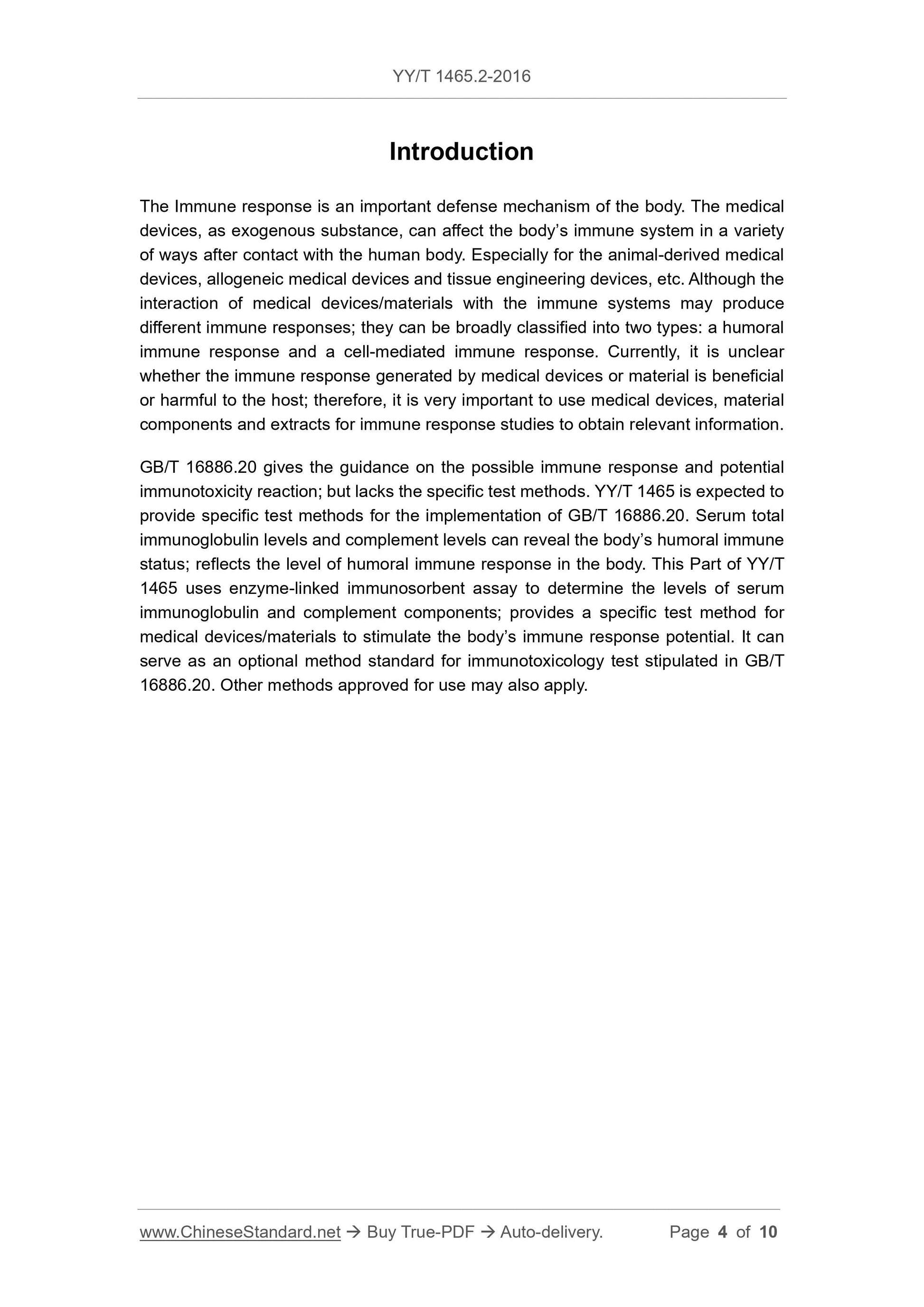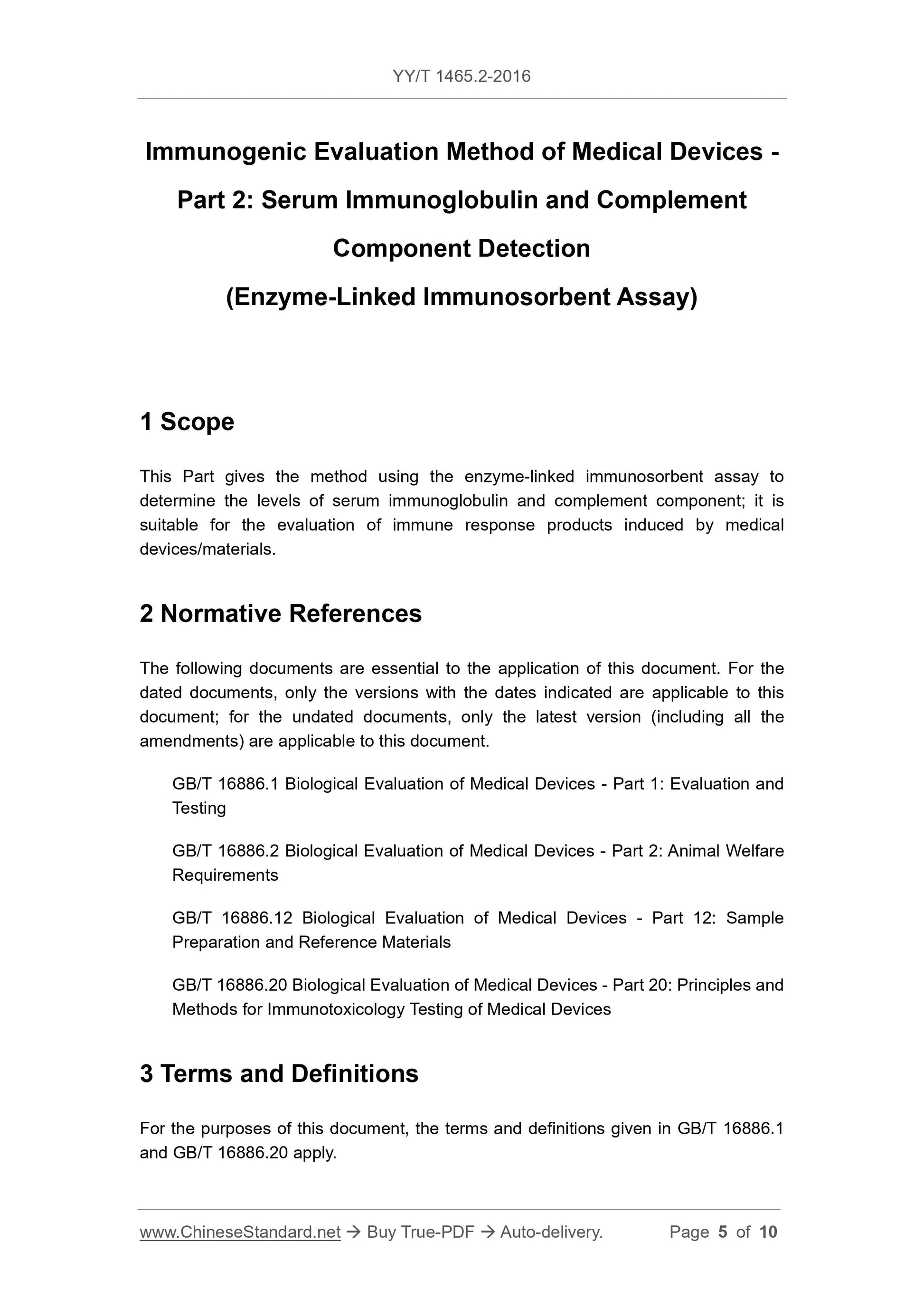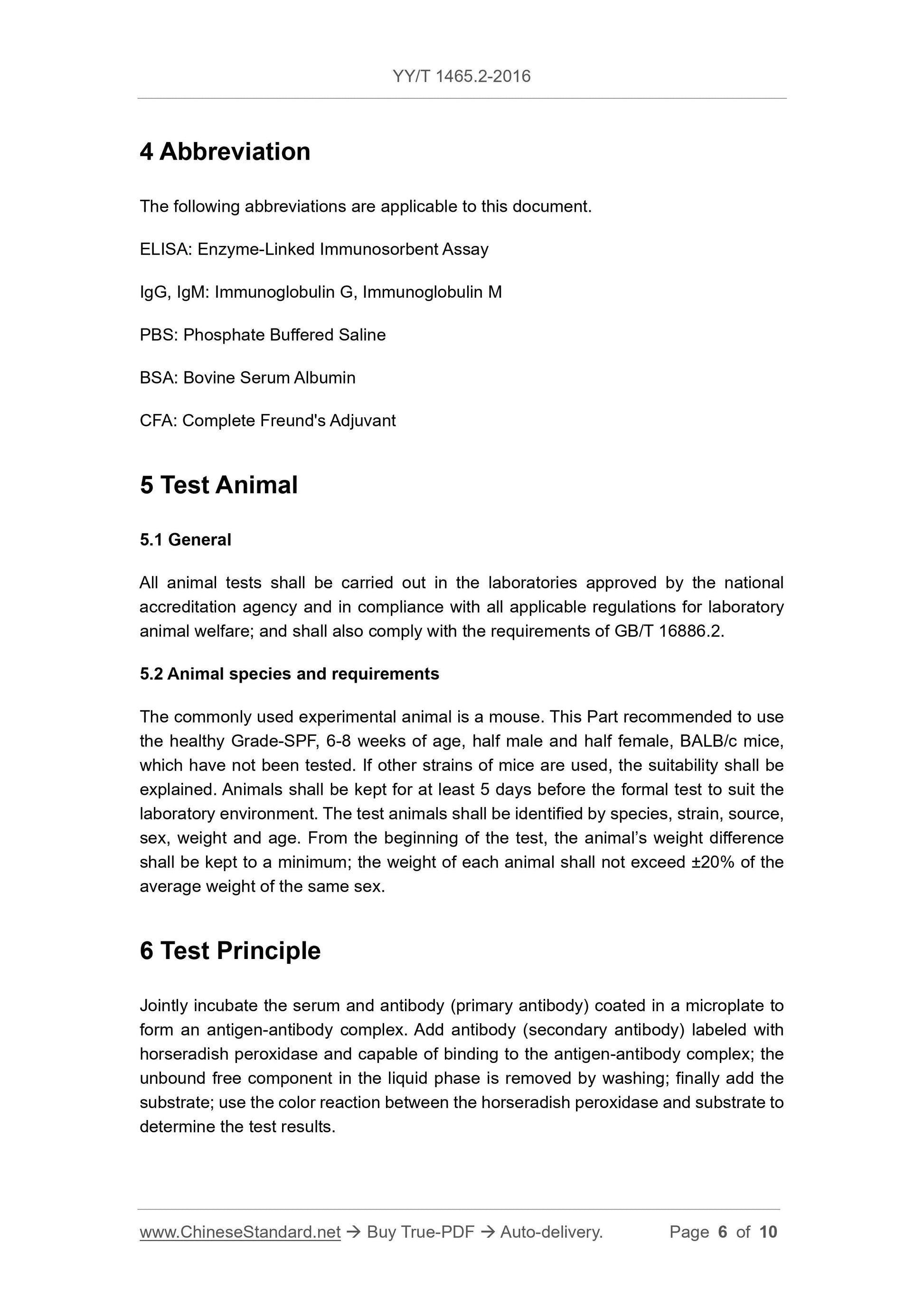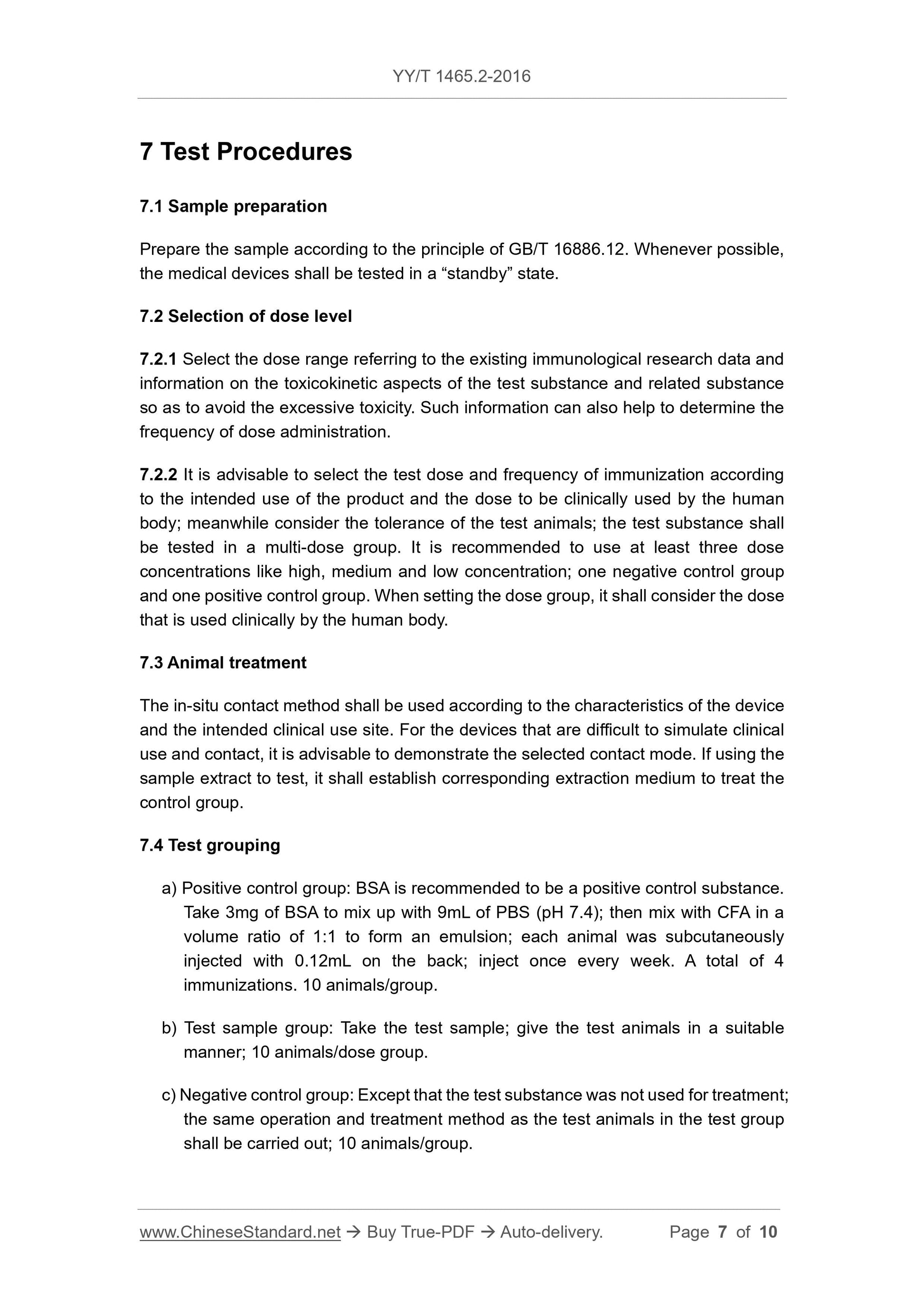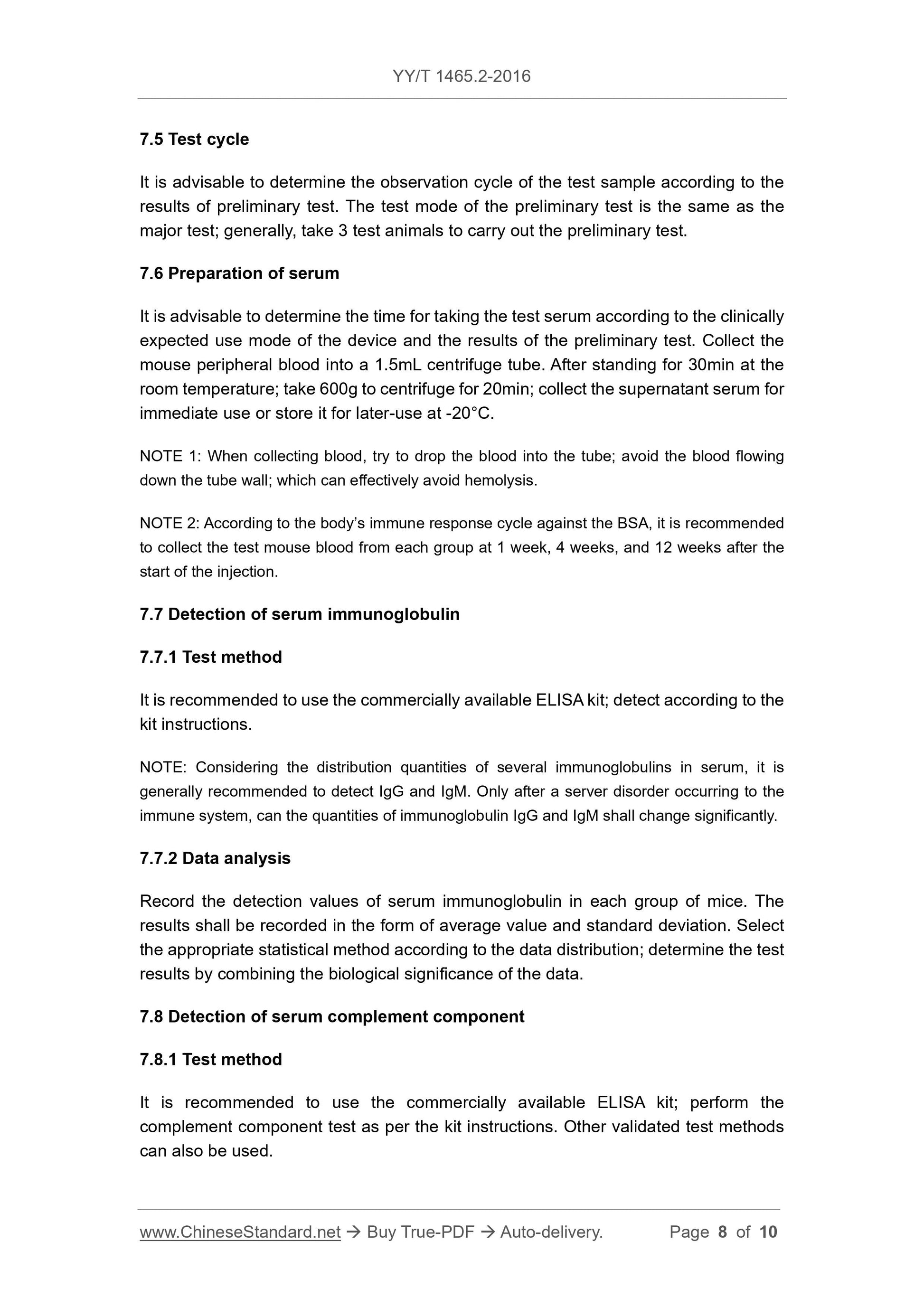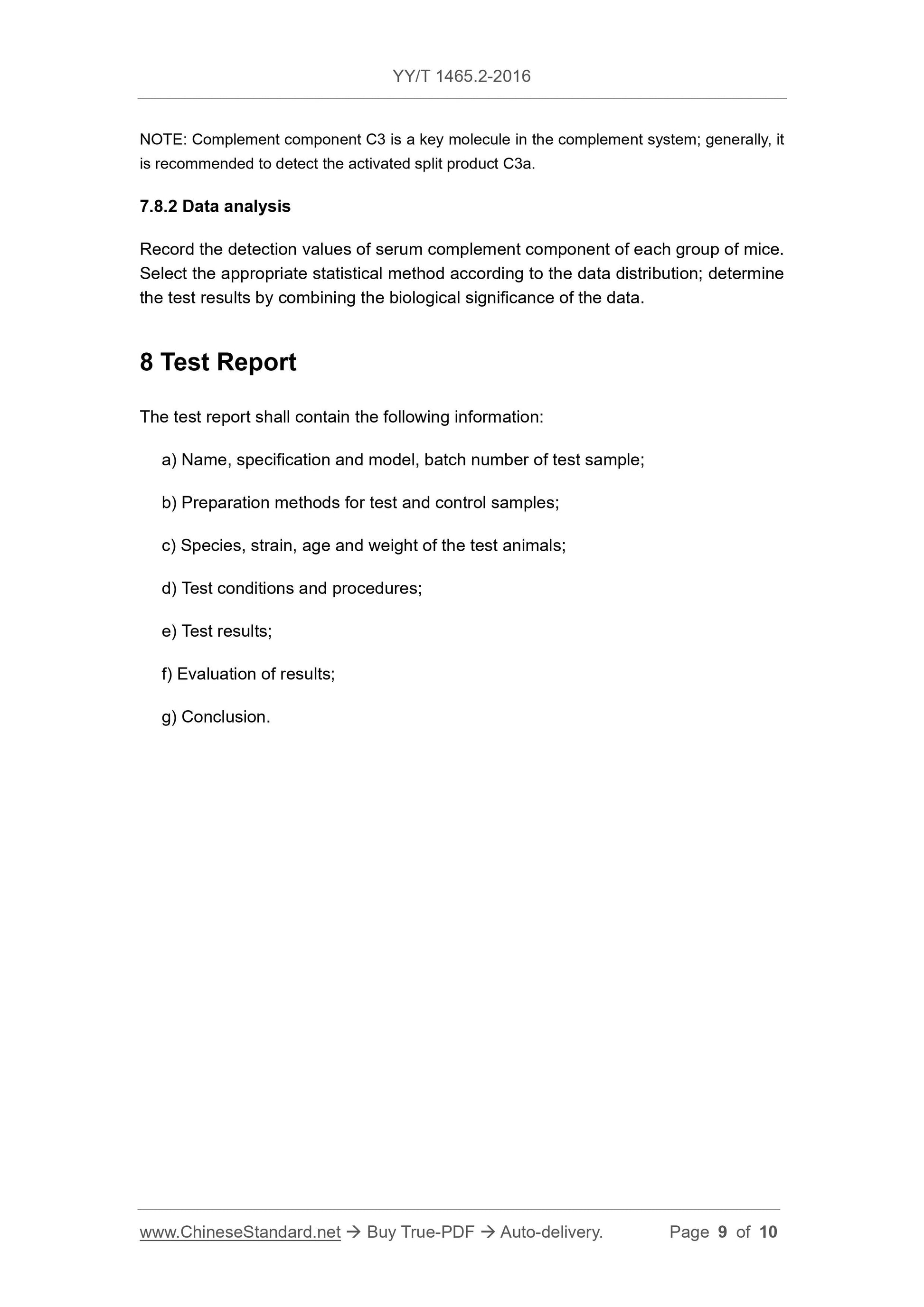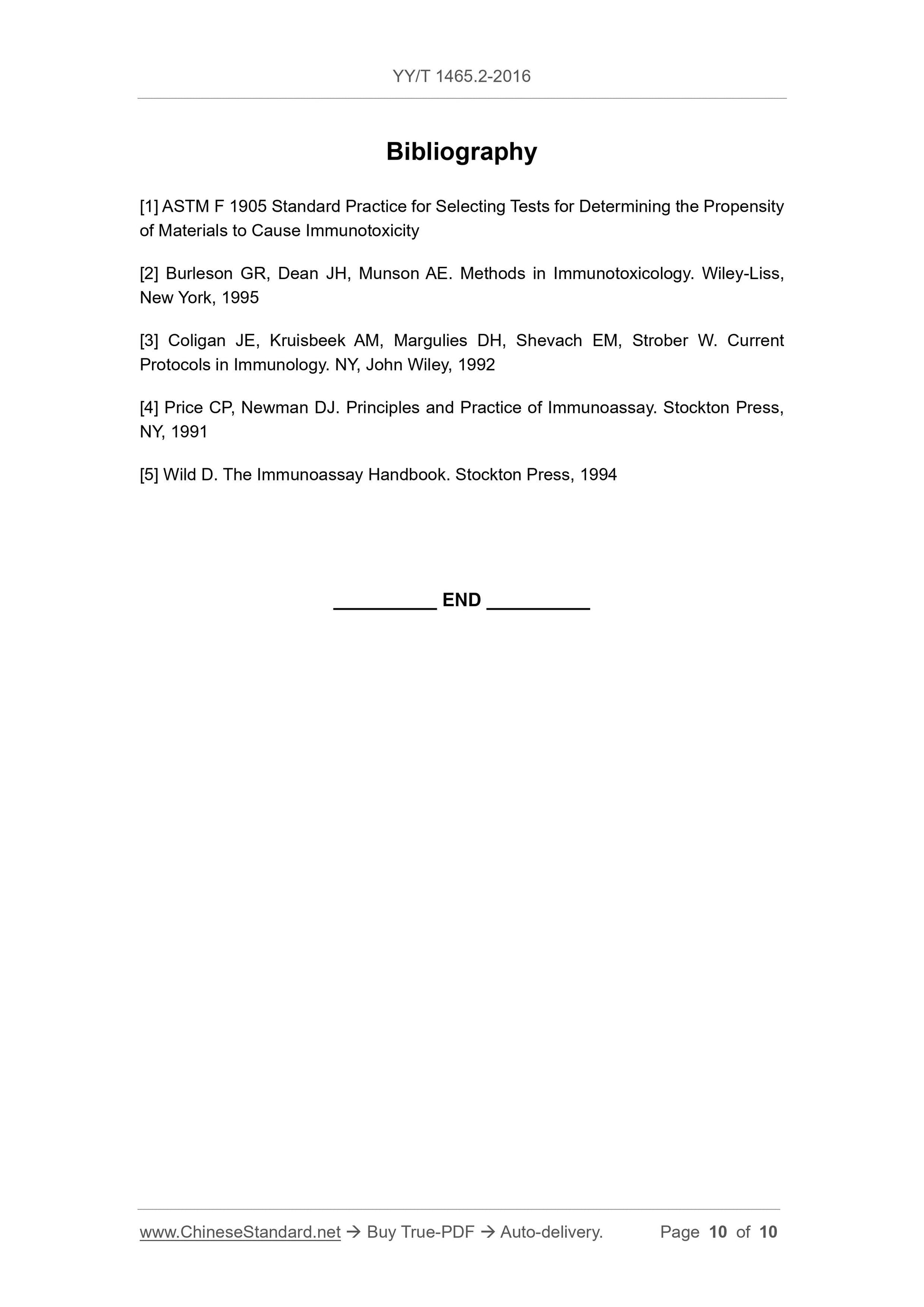1
/
of
10
www.ChineseStandard.us -- Field Test Asia Pte. Ltd.
YY/T 1465.2-2016 English PDF (YY/T1465.2-2016)
YY/T 1465.2-2016 English PDF (YY/T1465.2-2016)
Regular price
$120.00
Regular price
Sale price
$120.00
Unit price
/
per
Shipping calculated at checkout.
Couldn't load pickup availability
YY/T 1465.2-2016: Immunogenic Evaluation Method of Medical Devices - Part 2: Serum Immunoglobulin and Complement Component Detection (Enzyme-Linked Immunosorbent Assay)
Delivery: 9 seconds. Download (and Email) true-PDF + Invoice.Get Quotation: Click YY/T 1465.2-2016 (Self-service in 1-minute)
Newer / historical versions: YY/T 1465.2-2016
Preview True-PDF
Scope
This Part gives the method using the enzyme-linked immunosorbent assay todetermine the levels of serum immunoglobulin and complement component; it is
suitable for the evaluation of immune response products induced by medical
devices/materials.
Basic Data
| Standard ID | YY/T 1465.2-2016 (YY/T1465.2-2016) |
| Description (Translated English) | Immunogenic Evaluation Method of Medical Devices - Part 2: Serum Immunoglobulin and Complement Component Detection (Enzyme-Linked Immunosorbent Assay) |
| Sector / Industry | Medical Device and Pharmaceutical Industry Standard (Recommended) |
| Classification of Chinese Standard | C30 |
| Classification of International Standard | 11.040.01 |
| Word Count Estimation | 7,774 |
| Date of Issue | 2016-01-26 |
| Date of Implementation | 2017-01-01 |
| Quoted Standard | GB/T 16886.1; GB/T 16886.2; GB/T 16886.12; GB/T 16886.20 |
| Regulation (derived from) | China Food and Drug Administration Bulletin 2016 No.25 |
| Issuing agency(ies) | State Food and Drug Administration |
| Summary | This standard specifies methods for the determination of serum immunoglobulins and complement components by enzyme-linked immunosorbent assay (ELISA), which is suitable for the evaluation of immune response products produced by medical devices/materials. |
Share
